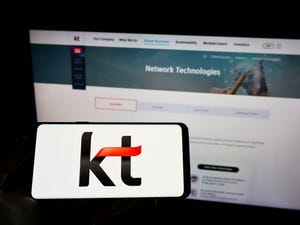Cisco's Emergency Connection
Networking giant intros technology to link first responders over different radio devices

{dirlink 2|19} is delving deeper into the world of public safety networks with a breakthrough technology that connnects the various different types of radios used by first responders for emergency communications.
And the networking giant hinted it may even get the largest player in the public safety networking world, Motorola Inc. (NYSE: MOT), onboard with the technology.
"Obviously, I can't announce partnerships that haven't been officially anounced yet... [but] hopefully we'll be able to work with them," Charlie Giancarlo, Cisco's chief development officer, tells Unstrung, noting that his company already has a partnership with Motorola.
Bringing Motorola onboard would open up this technology to many of the radios in the field today.
So, what is it, anyway?
The Cisco Internet Protocol Interoperability and Collaboration Systems (IPICS) technology (phew!) is an IP-based system that can connect UHF, VHF, legacy radio, cellular push-to-talk, and PC-based IP phones. A central Cisco IPICS server acts as the connection point among the devices for any communications that come into the network.
Giancarlo says that Cisco will roll a number of applications that use the platform, starting with push-to-talk walkie-talkie-like services, the ability to tap into databases, and -- eventually -- video connections.
The lack of connectivity among radios has been a major concern in the U.S., especially since September 11, as the mayor of Honolulu, Mufi Hannemann, whose city has been testing the system, pointed out at the launch event today."Since 9/11, and especially Katrina, it seems the lesson is communications, communications, communications... Public safety has to be your first priority," he says.
Cisco's Giancarlo also played up the savings that would be enabled by IPICs, claiming that around $6 billion to $8 billion is spent by agencies looking to upgrade their radio technology.
But the CDO didn't go into detail about how much IPICS technology will actually cost. The firm intends to start rolling the technology out next year.
— Dan Jones, Site Editor, Unstrung
About the Author(s)
You May Also Like












